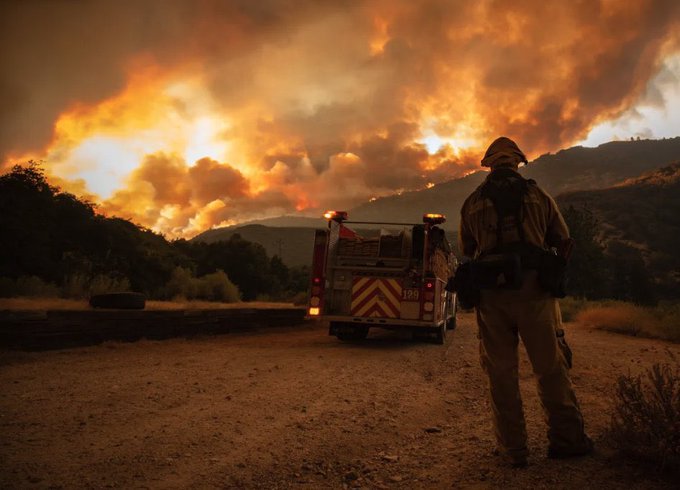

The North American wildfire season typically runs from spring to fall, although it varies by region, as evidenced by the January wildfires in California.
However, as the effects of climate change increase, natural hazards continue to shirk the expected seasonal rules, occurring with ever-increasing frequency and intensity.
CDP’s wildfire profile runs by calendar year and covers wildfire disasters in North America.
Click here to learn more about wildfires.
Key facts
- As of Aug. 21, 2025, more than 3,997,080 acres have burned in the U.S. this year, in 44,470 fires.
- The U.S. is currently at a Level 4 for national wildfire preparedness.
- In Canada, 18,586,360 acres have burned this year.
(Photo from County of Los Angeles Fire Department via X)
Latest Updates
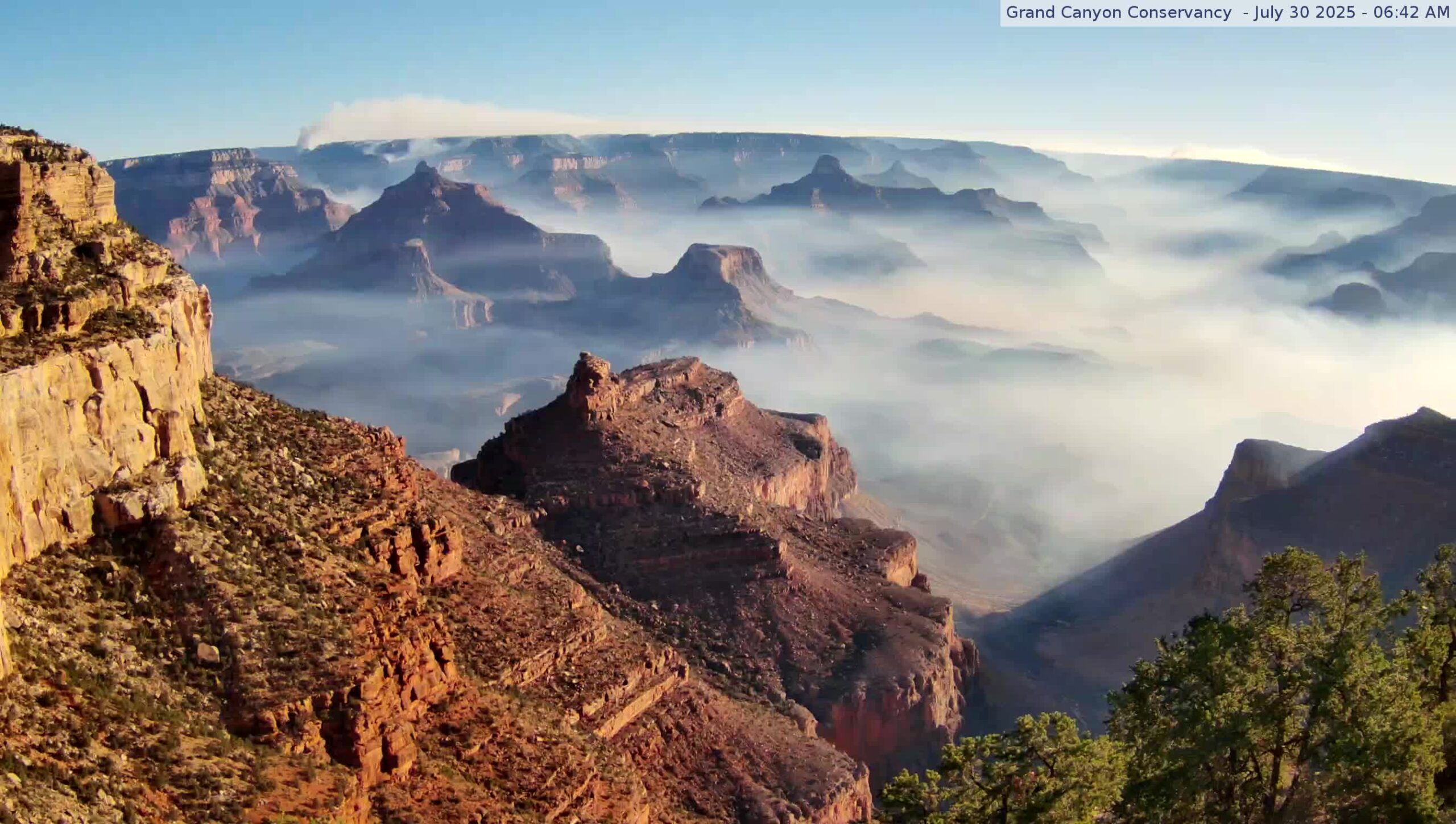
What we’re watching: Weekly disaster update, August 4
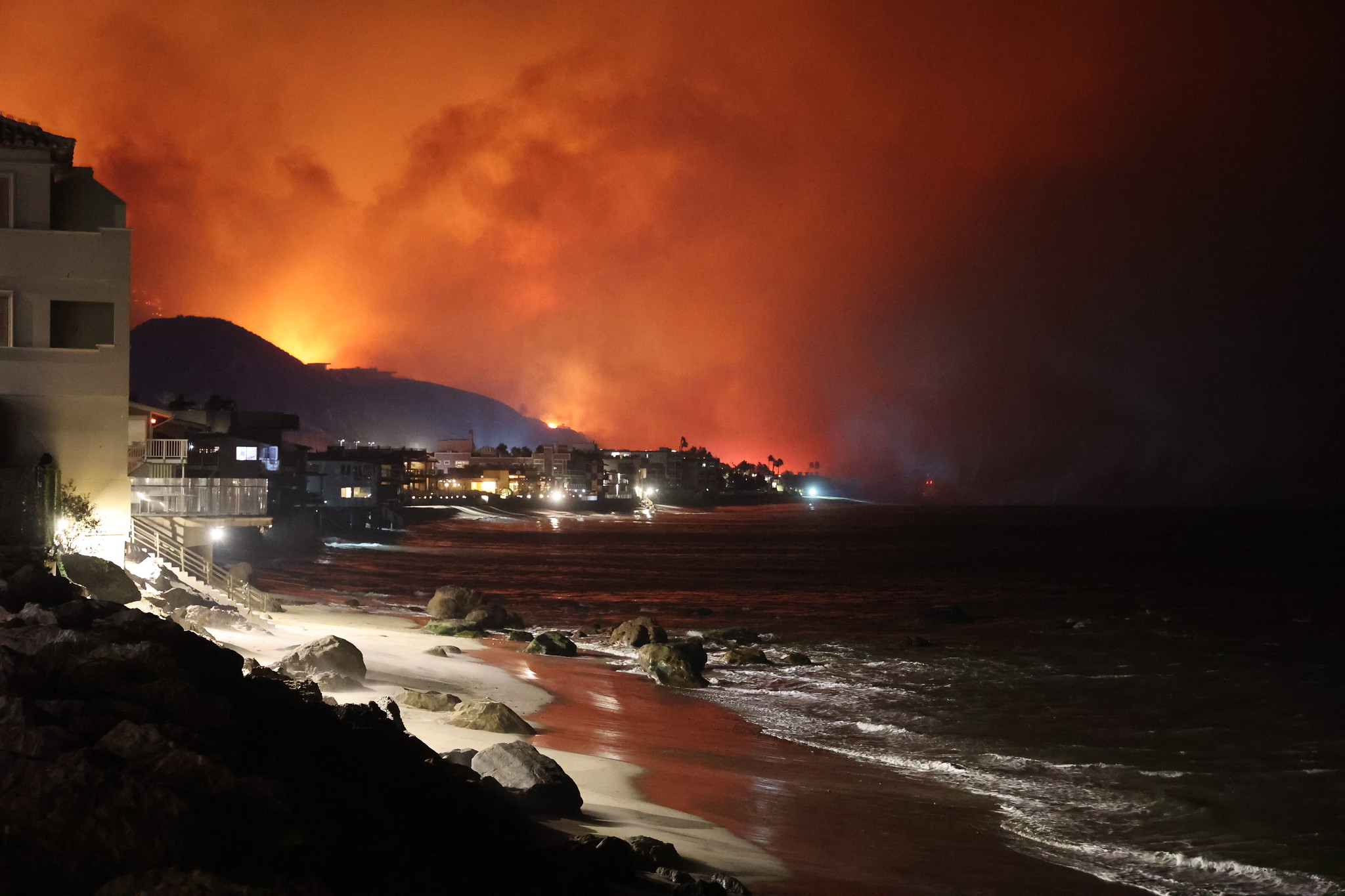
$1.2 million in grants awarded to support Los Angeles fire recovery
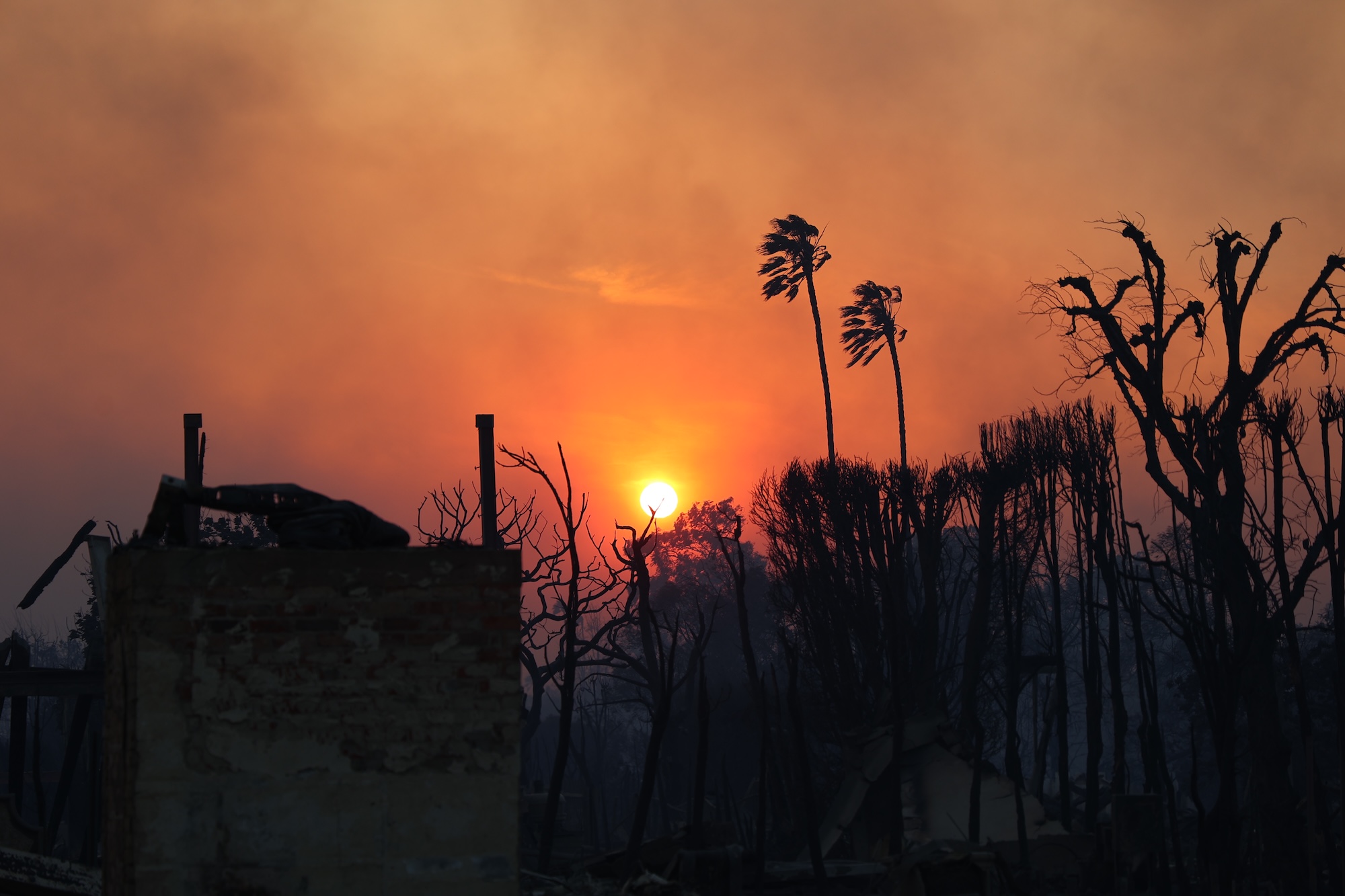
What we’re watching: Weekly disaster update, February 3
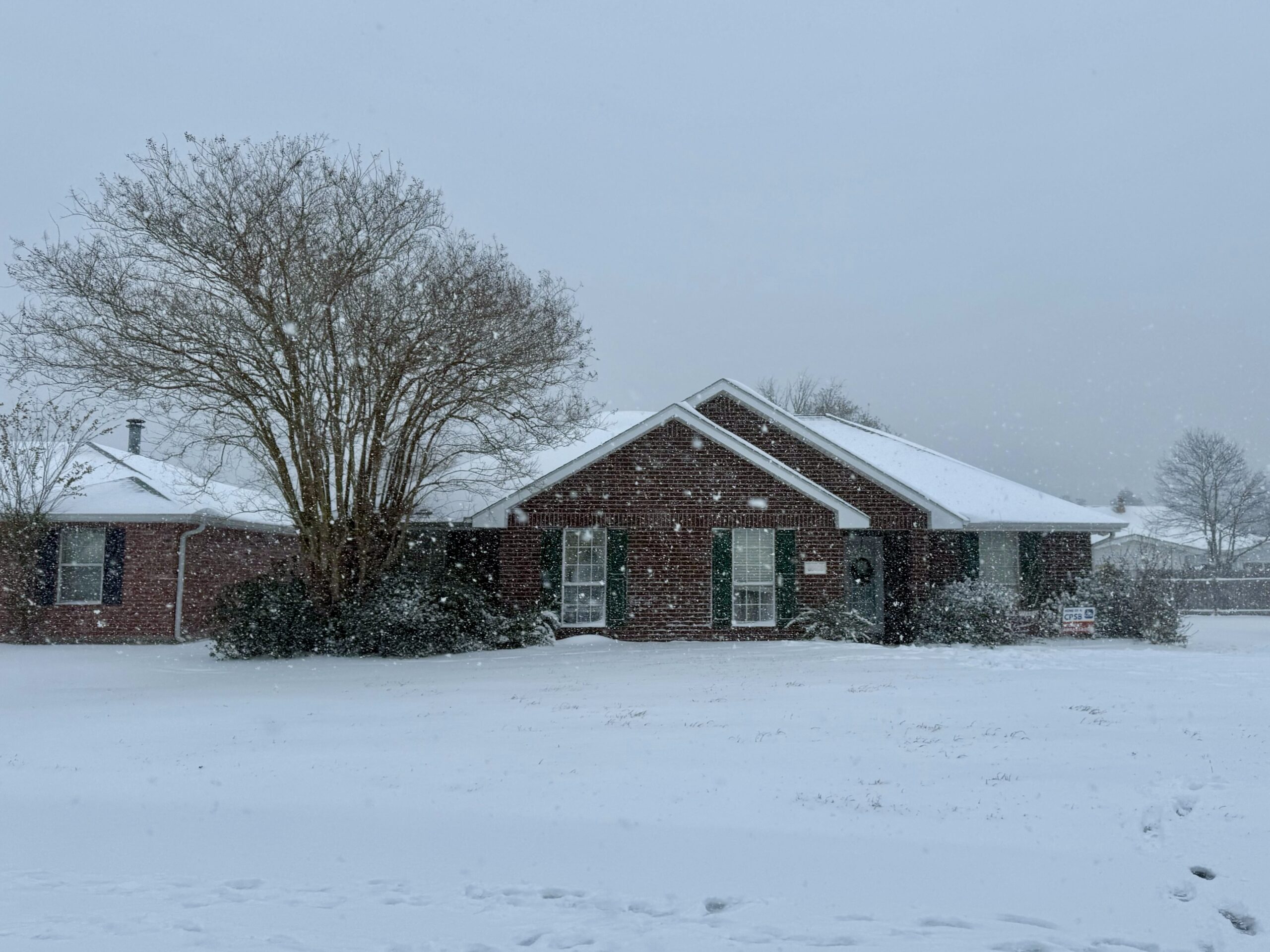
What we’re watching: Weekly disaster update, January 27
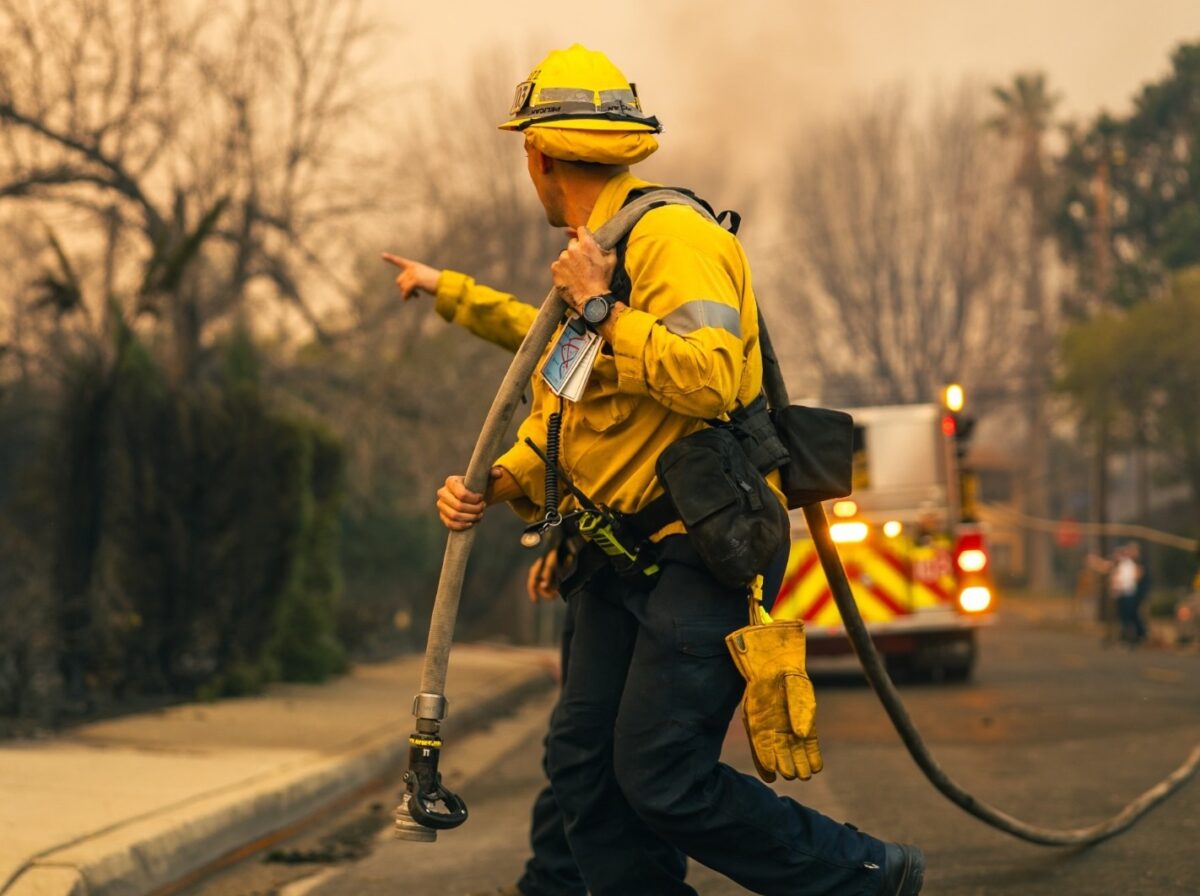
What we’re watching: Weekly disaster update, January 21
Grand Canyon – July, August 2025
Lightning ignited a wildfire in the North Rim of the Grand Canyon on July 4, destroying 70 to 100 structures, including the historic Grand Canyon Lodge. The Dragon Bravo fire spread rapidly due to low humidity and strong winds, burning 145,500 acres.
California – July, August 2025
The Gifford Fire is the largest fire in California so far this year. It started on Aug. 1 in San Luis Obispo County, and evacuation orders are still in place. As of Aug. 21, it has burned 131,589 acres. At least 12 people have been injured and five structures have been destroyed.
The Madre Fire in San Luis Obispo County, California, started on July 2 and burned over 80,000 acres in the Los Padres National Forest.
A report released on Aug. 6 in the Journal of the American Medical Association stated that 440 people died from the Eaton-Palisades fires in LA County, nearly 14 times higher than the official count of 31.
As of Aug. 21, there have been 5,543 wildfires in California, burning a total of 371,662 acres. At least 16,344 structures have been destroyed, and 31 people have been killed.
Canada – June 2025
Major fires in Canada are currently burning out of control. At least two people have died and over 33,000 have been evacuated since wildfires in Alberta, Saskatchewan and Manitoba began on May 26. Of the more than 200 wildfires burning in Canada, 97 of them are considered “out of control.”
Alberta: Large wildfires have burned more than 89,000 acres in Alberta since May 26. The fires caused tropical storm force winds, lightning and thick smoke. Bad flying conditions have made containment difficult.
Manitoba: More than 17,000 people have been evacuated and 490,000 acres have burned in Manitoba this year.
Saskatchewan: Over 4,000 people have been forced to evacuate so far.
Smoke from these fires crossed the border into the upper Midwest, creating some of the worst air quality in the world for several days.
Minnesota – May 2025
On May 12, wildfires broke out in Minnesota, burning 30,000 acres as of May 29. The three largest fires burned over 30,000 acres and damaged more than 150 structures.
Governor Tim Walz noted that the number of fires is already near the average number for an entire fire season, with over 1,100 wildfires recorded so far this year.
- Jenkins Creek Fire: 16,089 acres, 95% contained
- Camp House Fire: 12,071 acres, 98% contained
- Munger Shaw Fire: 1,259 acres, 95% contained: 20-25 acres, 0% contained
Oklahoma – March 2025
In Oklahoma, more than 20 wildfires burned over 200,000 acres in March 2025. The fires killed four people and injured 200 others. Over 500 homes and businesses were destroyed.
California – January 2025
In January, California was struck by massive, fast-moving fires triggered by the Santa Ana winds, drought conditions and warmer-than-typical temperatures. The worst of the January 2025 fires were:
- The Palisades Fire (23,707 acres) is the third-most destructive wildfire in California’s history.
- The Eaton Fire (14,021 acres) is the second-most destructive and the fifth-deadliest wildfire in California’s history.
- The Hughes Fire (10,425 acres).
You can support CDP’s response to wildfires in the state by donating to our California Wildfires Recovery Fund.
Note: If you are an individual who was affected by the disaster, we encourage you to contact your LA211 to see what resources are available in your community.
Several areas of support are needed for fire recovery. These include rebuilding homes or repairing damage, soil remediation, temporary housing, physical and mental health, assistance for survivors in navigating disaster recovery resources, community and economic development, agricultural support and livelihood/income support.
Help marginalized communities
People in marginalized and at-risk situations before a disaster – older adults, undocumented and mixed-status families, people living with physical or mental health challenges, and people living in poverty – may find their circumstances worsened in the face of disaster and continue to face challenges during the recovery phase. Local organizations are well-informed about a community’s needs and culture; they may be familiar with impacted individuals and will be on the ground for years.
Racialized and other marginalized communities recover slower after a disaster than other communities due to systemic inequalities. Relative to the U.S. population at large, Latinos are two times more likely to live in wildfire-prone areas.
Address mental health needs
Mental health is always a significant issue following fires, especially fires that cause loss of life or mass destruction or occur in communities previously affected by wildfires. Funders can support organizations providing both crisis and long-term mental health services. Some ethnic or religious communities need culturally competent and supportive services.
Housing and insurance
Many communities across North America have both a housing shortage and a housing affordability crisis. For example, in Los Angeles, hit hard by the Palisades fire in January 2025, as of June 2024, there was only a 4% vacancy rate overall and apartment rents revealed “a median rent of $1,868 for a 1-bedroom apartment and $2,383 for a 2-bedroom,” according to Apartment List’s May 2024 Rent Report.
Similarly, the median sale price for single-family condos and homes was $1.8 million in the third quarter of 2024. Rental prices are estimated to rise anywhere from 8-12% to even double or triple current rates, despite restrictions by the government.
Soil remediation after a fire can take several months or even years, meaning residents who lost their homes must rent or buy while waiting for permission to rebuild.
As speakers described in CDP’s 2024 webinar “Insurance and Mother Nature,” communities around the country are dealing with insurance companies pulling out or no longer writing home insurance policies in areas that are at risk for floods, hurricanes and wildfires.
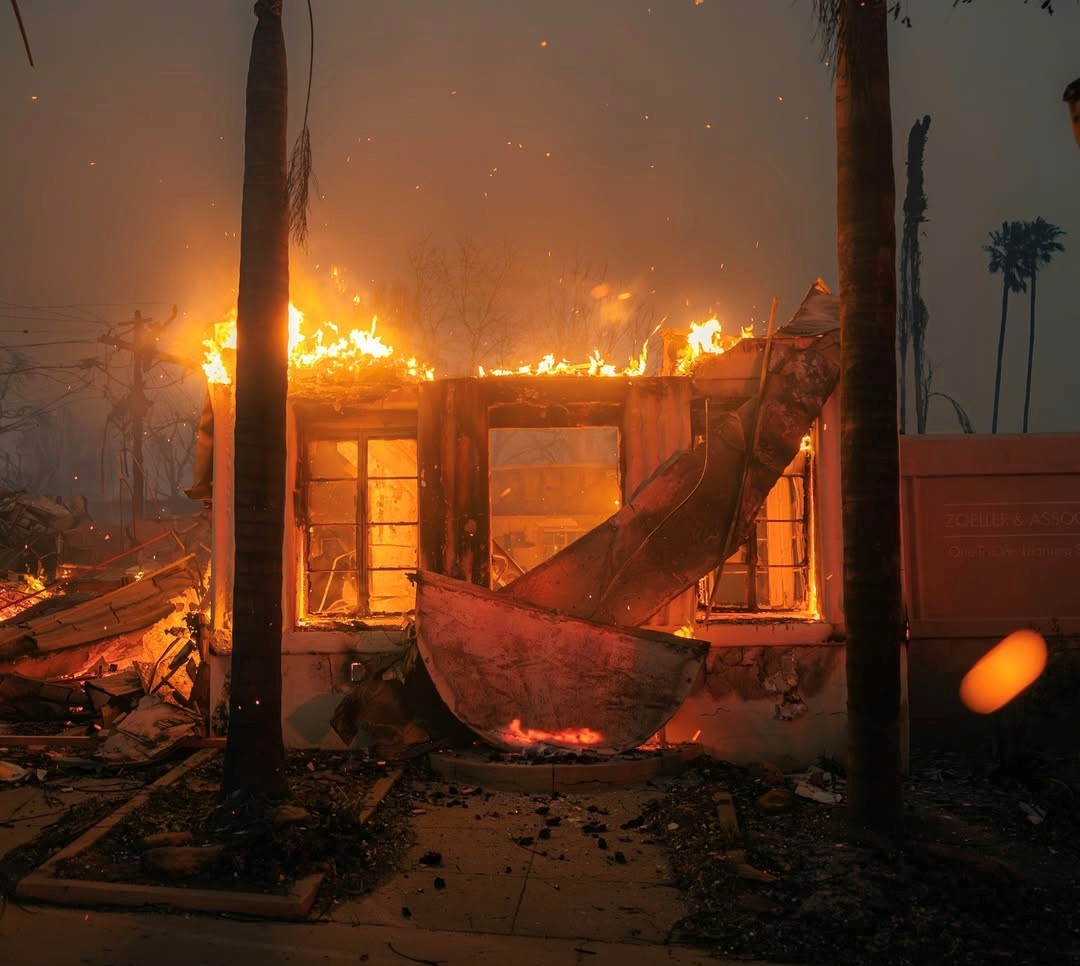
CDP has a California Wildfire Recovery Fund that supports the needs of marginalized and at-risk residents of California after fires. Our Disaster Recovery Fund supports wildfire-affected areas in the remainder of the United States and in Canada.
Contact CDP
Philanthropic contributions
If you would like to make a gift to our to any of our funds, need help with your disaster-giving strategy, or want to share how you’re responding to this disaster, please contact our development team.
(Photo: By Jessie Rodriguez via Jessie.Shoots on Instagram)
Recovery updates
If you are a responding NGO, please send updates on how you are working on recovery from this disaster to tanya.gulliver-garcia@disasterphilanthropy.org.
CDP grantee partners
You can learn about previous recipients of grants from CDP’s California Wildfire Recovery Fund here.
Resources
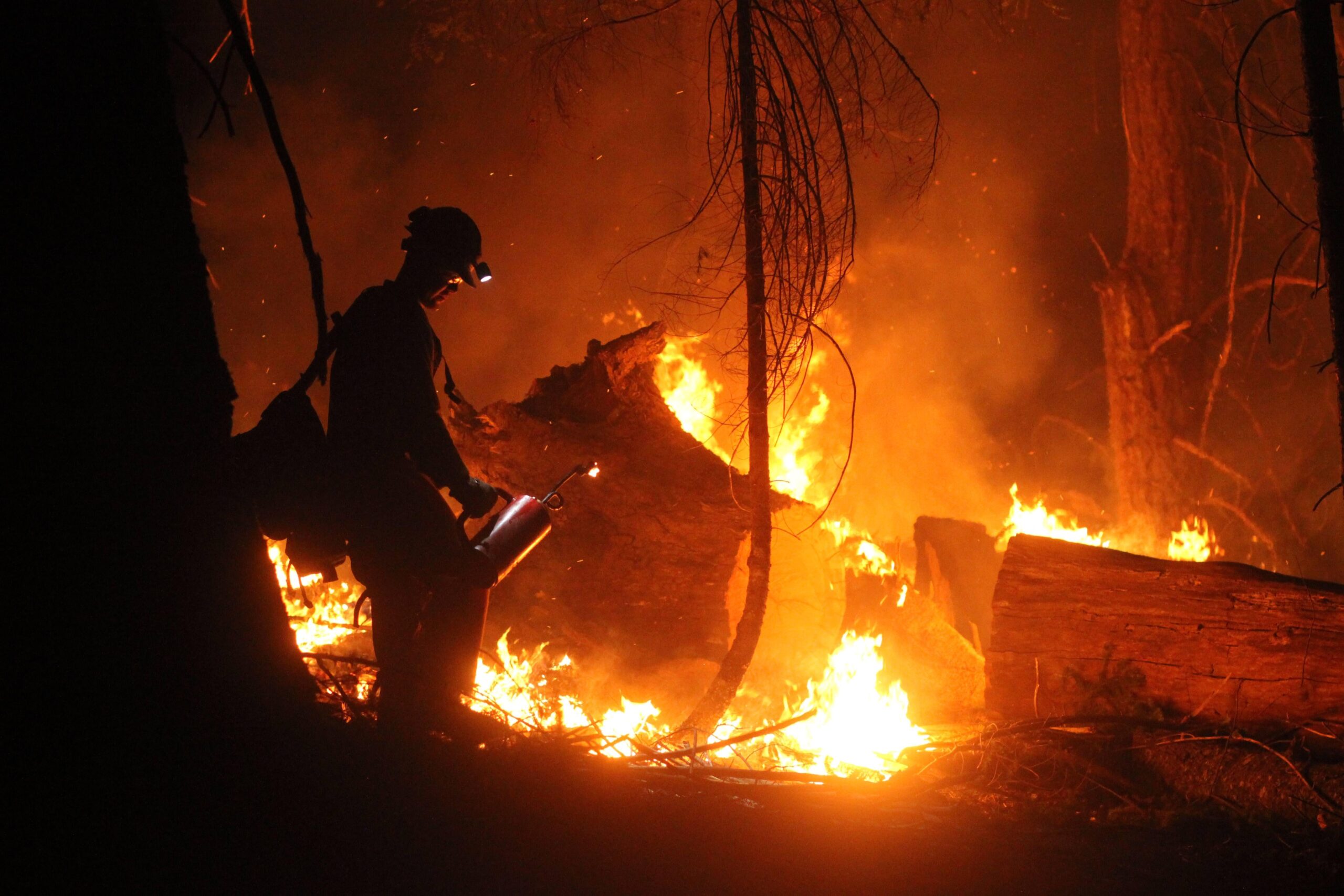
Wildfires
Wildfires devastate homes, livelihoods and communities of people worldwide, making them one of the most destructive types of disasters. While climate change fuels the frequency and intensity of wildfires, wildfires themselves fuel climate change, making them uniquely damaging to the planet.
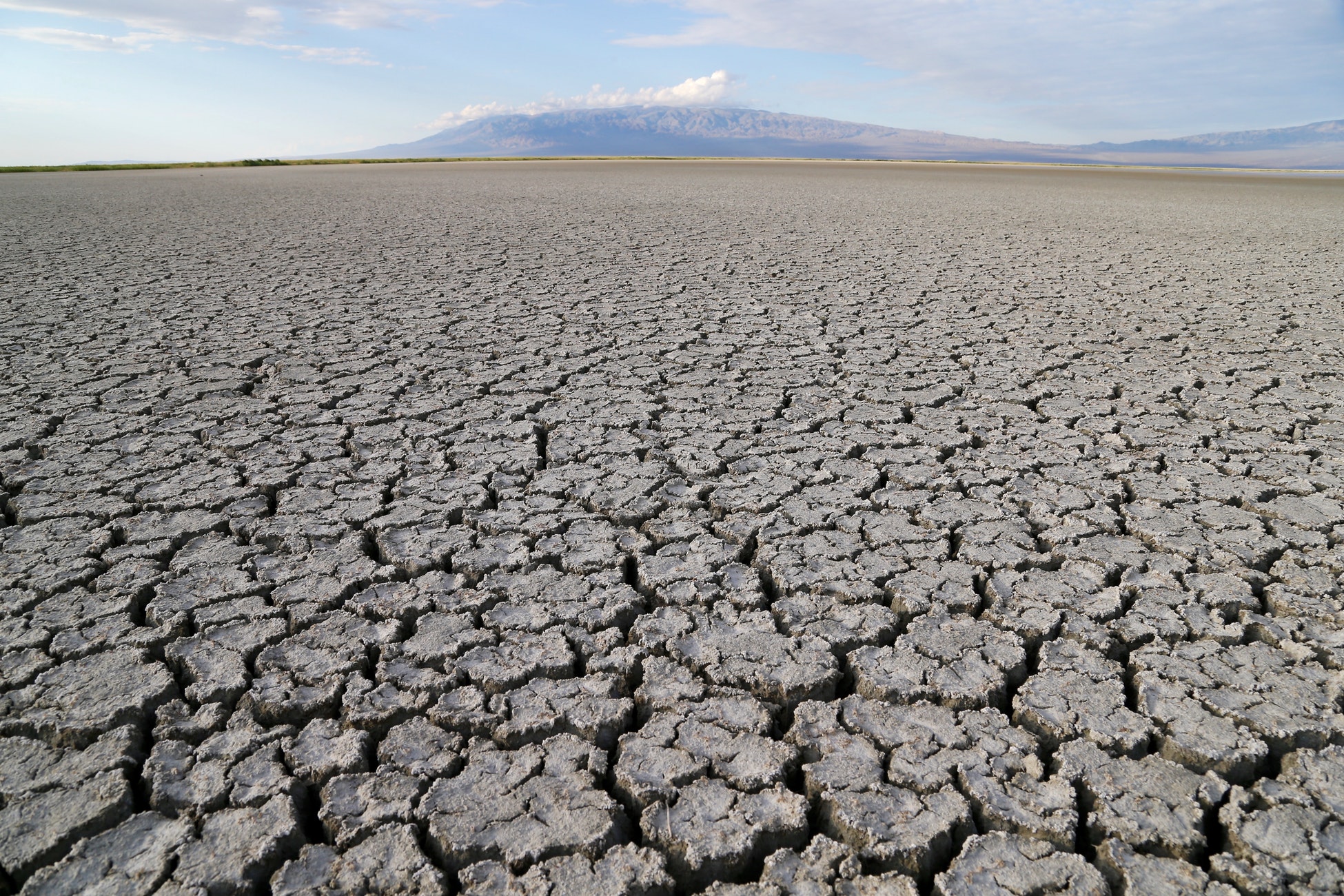
Drought
Drought is often defined as an unusual period of drier than normal weather that leads to a water shortage. Drought causes more deaths and displaces more people than any other disaster.
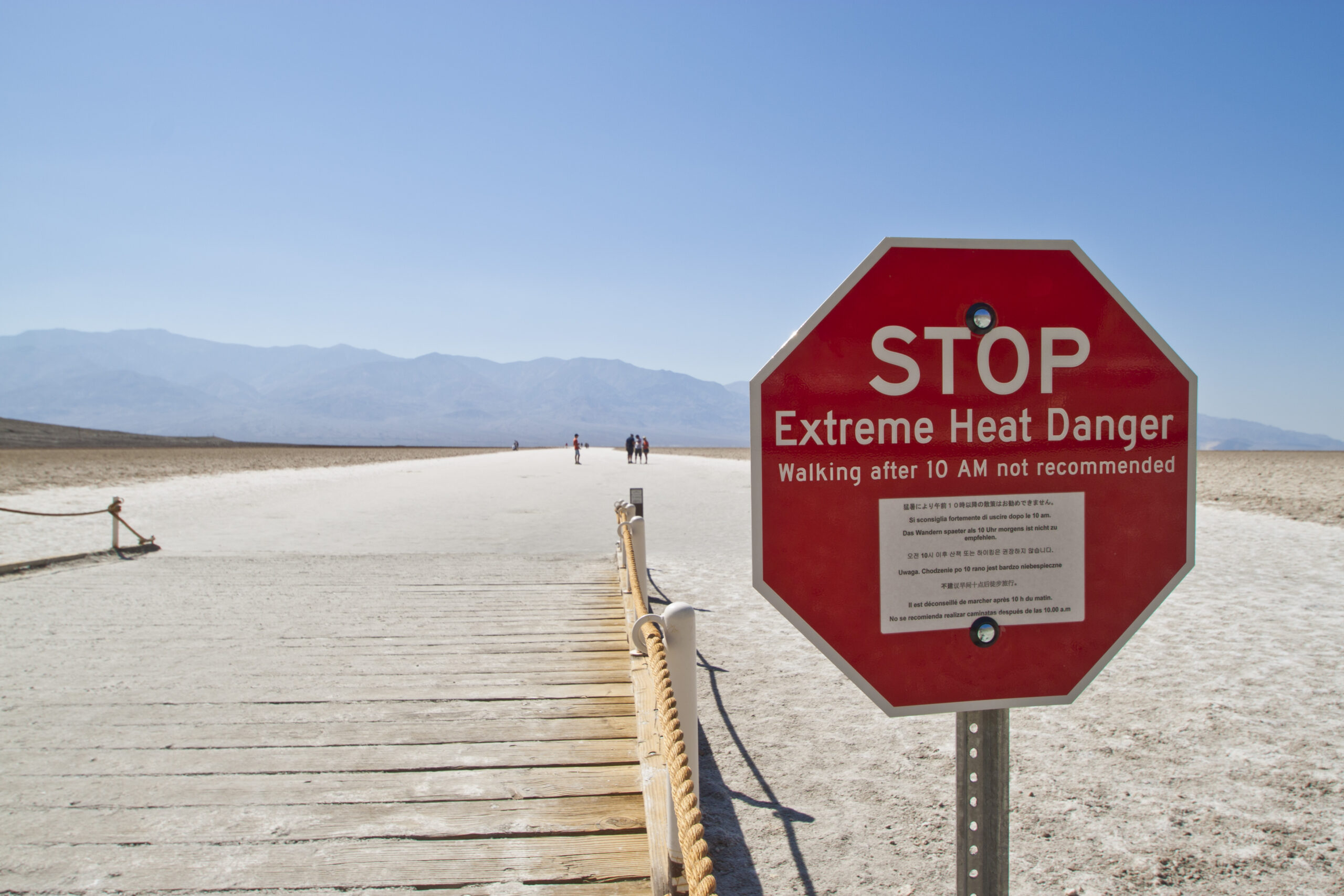
Extreme Heat
Extreme heat, or heat waves, are periods of unusually high temperatures relative to what is considered normal for a specific location and time of year. In the U.S., heat kills roughly 1,300* people per year, which is more than hurricanes, floods and tornadoes combined.